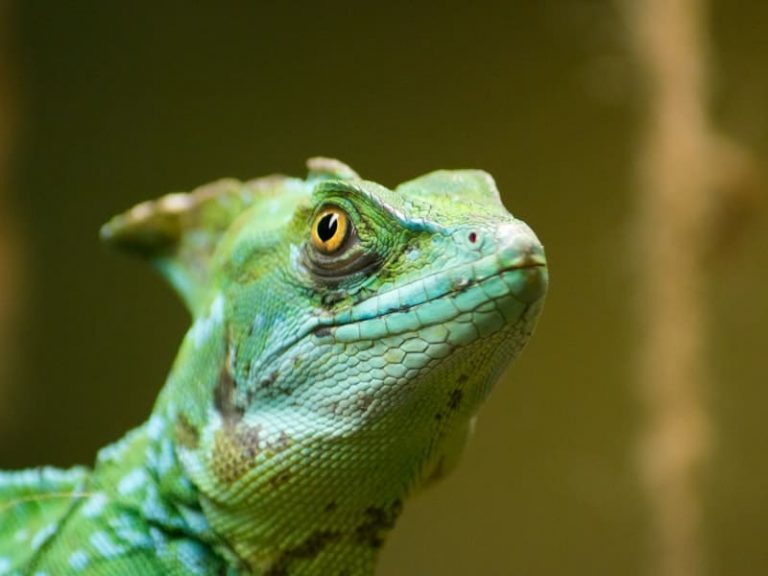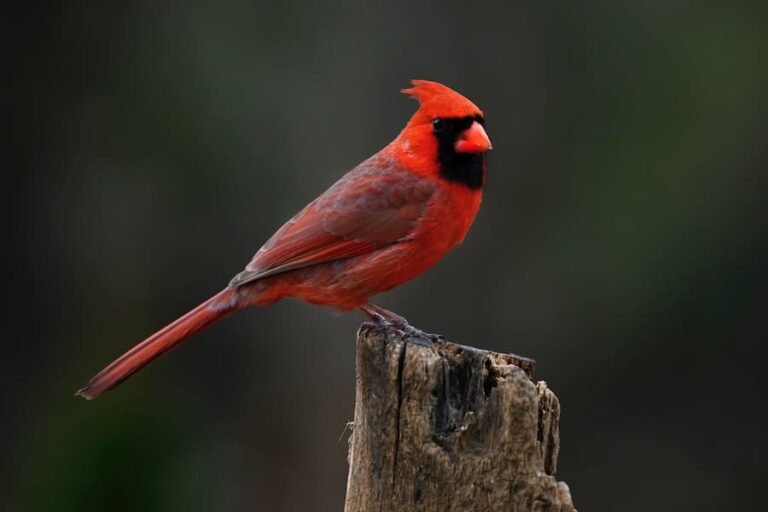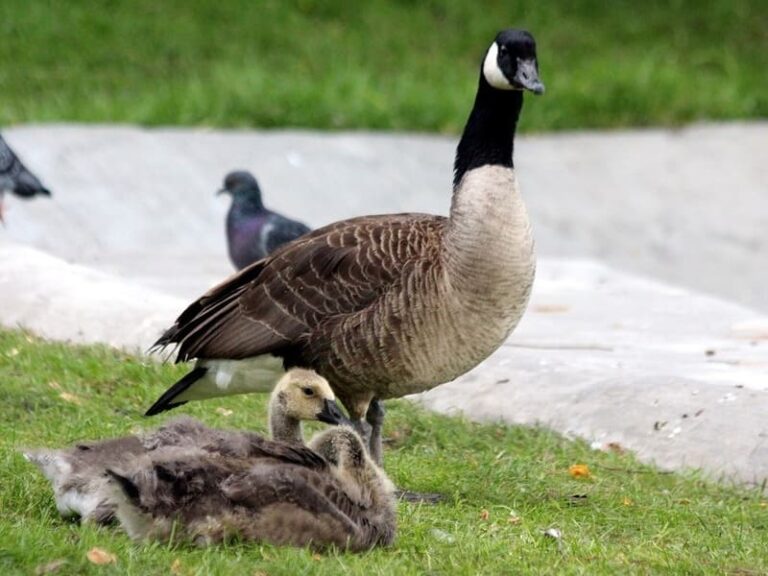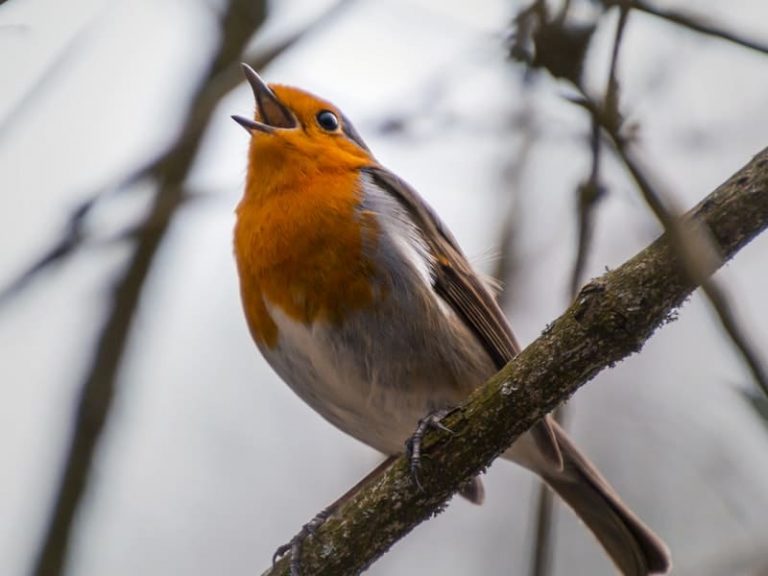Why Are There So Many Birds Flying Around My House?

For many homeowners, the sight of birds flying around their house can be a common occurrence. While some may find it charming, others may find it frustrating or even concerning.
Regardless of how one may feel about it, it’s important to understand why birds tend to flock around residential areas and what it could mean for the environment and the homeowner.
One of the primary reasons why birds may be flying around a house is due to the local climate becoming more favorable to them.
With warmer and milder temperatures in the air, more and more birds are finding places to rest and feed along residential areas and backyards.
Additionally, the abundance of trees, plants, and food sources in a typical suburban area can make it an attractive spot for birds to congregate.
However, there could be other reasons why birds are flocking to a particular area.
For instance, if a homeowner is regularly feeding birds, it’s possible that more birds will come to the area over time.
Additionally, if a homeowner has a bird bath or other water source, it could attract birds looking for a drink or a place to cool off.
Understanding why birds are flying around a house can help homeowners coexist with these creatures and appreciate their beauty and importance in the ecosystem.
Contents
The Natural Habits of Birds
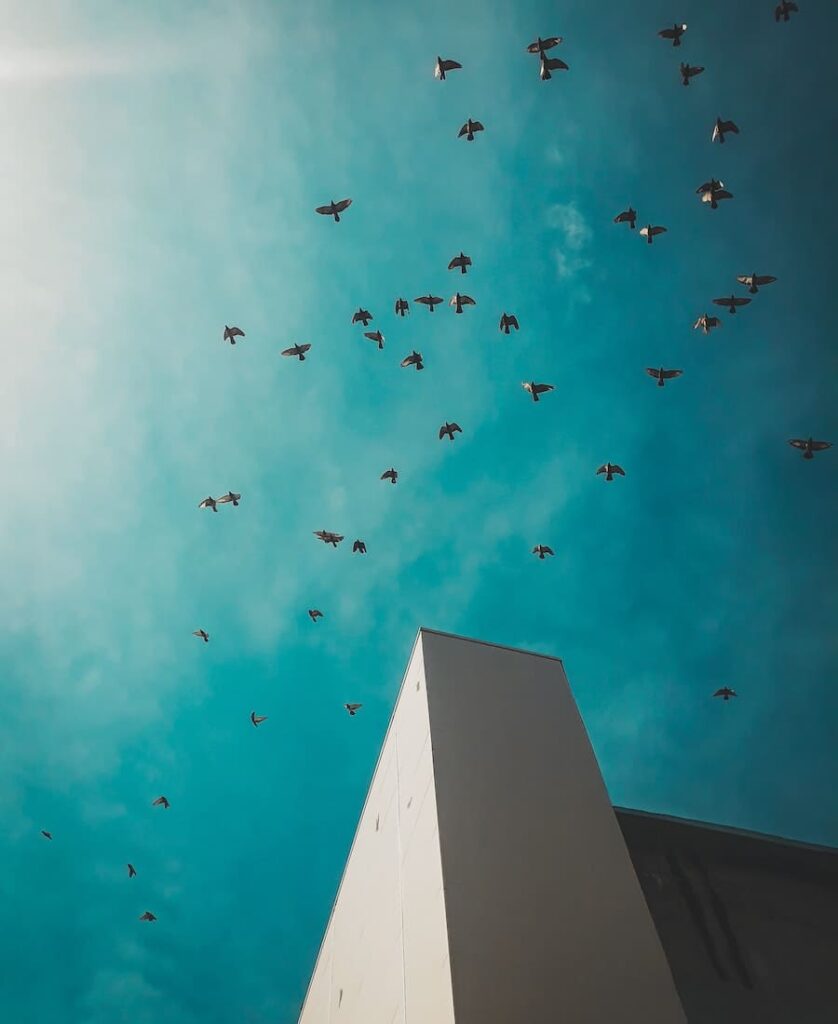
Birds are fascinating creatures that exhibit a wide range of natural behaviors. Understanding these behaviors can help explain why there are so many birds flying around your house.
Migration Patterns
Many bird species migrate long distances each year in search of food and breeding grounds.
Some birds, such as the Arctic Tern, travel up to 44,000 miles each year, making them the animal with the longest migration pattern. Other species, such as the American Robin, migrate shorter distances, but still travel hundreds or thousands of miles.
During migration, birds often fly in large flocks, which can explain why you might see so many birds flying around your house.
They may be stopping to rest and feed before continuing their journey.
Breeding and Nesting Habits
Birds also have specific breeding and nesting habits that can impact their behavior around your home.
Some species, such as swallows and martins, build nests in colonies and may return to the same location each year to breed. Other birds, such as robins and cardinals, build nests in trees or shrubs.
During breeding season, birds may become more territorial and aggressive, which can lead to increased activity and noise around your home.
They may also be more visible as they search for food and nesting materials.
Understanding the natural habits of birds can help you appreciate their beauty and better coexist with them around your home.
Environmental Factors
There are several environmental factors that contribute to the presence of birds around residential areas and backyards.
These factors include food and water sources, predators and threats, and climate and weather.
Food and Water Sources
Birds are attracted to areas where they can find food and water easily.
Residential areas often provide abundant sources of food and water for birds, such as bird feeders, bird baths, and gardens. Birds also feed on insects and small animals that thrive in suburban areas.
It’s important to note that while providing food and water for birds can be beneficial, it can also attract unwanted pests and predators.
Therefore, it’s crucial to clean bird feeders and bird baths regularly and to place them away from areas where predators can easily access them.
Predators and Threats
Predators and threats can also influence the presence of birds in residential areas. Common predators of birds include cats, hawks, and snakes.
Birds may also avoid areas where there is a lot of noise or human activity, as this can signal danger to them.
Homeowners can take steps to protect birds from predators and threats by keeping pets indoors or on leashes, planting trees and shrubs for birds to hide in, and avoiding the use of pesticides and other chemicals that can harm birds and their food sources.
Climate and Weather
The local climate and weather can also impact the number of birds around residential areas.
Warmer and milder temperatures can provide favorable conditions for birds to rest and feed, while extreme weather events such as storms and droughts can disrupt their habitats and food sources.
Homeowners can help birds during extreme weather events by providing shelter, such as birdhouses and nesting boxes, and by ensuring that bird feeders and bird baths are not damaged or contaminated by the weather.
Human Factors
Bird Feeders and Birdhouses
One of the reasons why there are so many birds flying around your house could be due to the presence of bird feeders and birdhouses.
These structures provide birds with a reliable source of food and shelter, encouraging them to stick around. However, it is important to note that improper maintenance of bird feeders and birdhouses can lead to the spread of diseases and parasites among bird populations.
It is recommended to clean bird feeders and birdhouses regularly to prevent the buildup of bacteria and other harmful agents.
Urbanization and Habitat Destruction
As urbanization continues to spread, natural habitats for birds are being destroyed, forcing them to seek refuge in residential areas. Additionally, urbanization often results in the loss of native plant species and the introduction of non-native species, which can disrupt the natural food chain and make it difficult for birds to find suitable food sources. It is important for homeowners to consider the impact of urbanization on local bird populations and take steps to preserve natural habitats whenever possible.
Light Pollution and Other Disturbances
Light pollution and other disturbances can also contribute to the presence of birds around your house. Artificial lighting can disrupt the natural sleep patterns of birds and cause them to become disoriented, leading them to fly around in circles or collide with buildings.
Loud noises and other disturbances can also disrupt bird populations and cause them to seek refuge in quieter areas. Homeowners can reduce the impact of light pollution and other disturbances by turning off unnecessary lights at night and minimizing loud noises during the day.
In summary, the presence of bird feeders and birdhouses, urbanization and habitat destruction, and light pollution and other disturbances are all human factors that can contribute to the abundance of birds around your house.
By taking steps to reduce the impact of these factors, homeowners can help preserve local bird populations and enjoy the beauty of these fascinating creatures.
Conclusion
Overall, there are several reasons why birds may be flying around your house. It could be due to the local climate becoming more favorable, providing a safe and secure environment for birds, or the presence of humans providing food, water, and shelter.
While having many birds around your house can be a sign of progress, abundance, and prosperity, it is important to remember that birds are wild animals and should be treated with respect.
It is recommended to avoid feeding birds as it can lead to dependency and health problems.
If you are experiencing issues with birds flying into your house, there are several solutions to try.
These include covering windows with netting or decals to prevent birds from seeing their reflection, turning off indoor lights at night, and providing alternative nesting sites away from your house.
Overall, understanding why birds are flying around your house can help you appreciate the natural world around you and take steps to coexist peacefully with these feathered creatures.
You will also enjoy reading:


